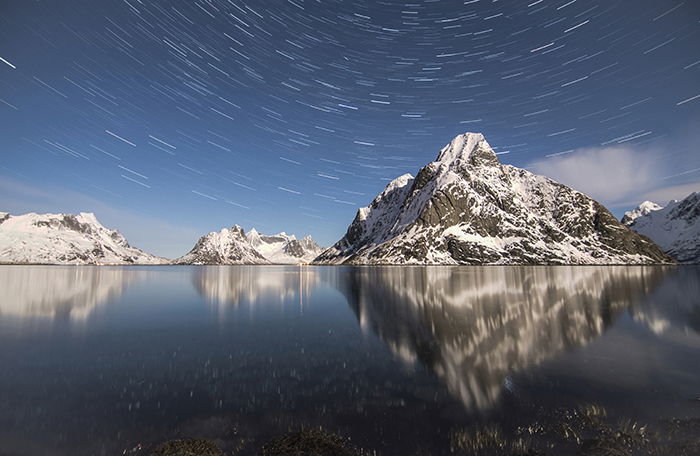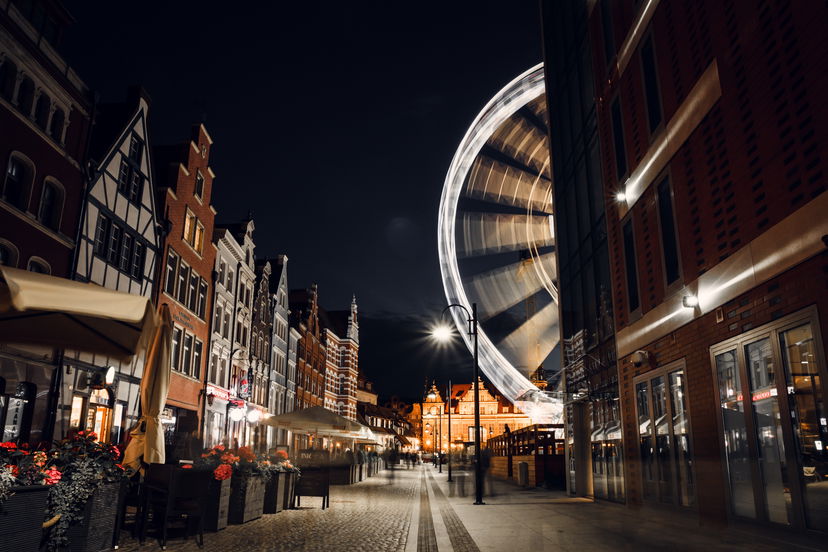Time-Lapse vs Speed Up Video – Which is Best in 2026?
Time-lapse and speed up video are two of the most popular types of videos these days. But which is better? And when should you use each type? In this article, we'll explore the pros and cons of time-lapse vs speed up video, and help you decide which is best for your needs.
Time-Lapse Vs Speed Up Video: Benefits of Accelerated Videos
Creating a Video is Less Hassle
Time-lapse photography requires the use of an intervalometer. You need to calculate the length of your final video and set an interval. If you shoot in Manual mode, you need to change your settings as the light changes. It can be a time-consuming process if you want everything to look professional.
There’s significantly less hassle in video-making. All you need to do is record a scene. If you shoot without stopping, you’ll end up with a single video file.
Speeded up videos are ideal for photographers who want to quickly film something. The shorter your video, the less storage space you’ll need for it.
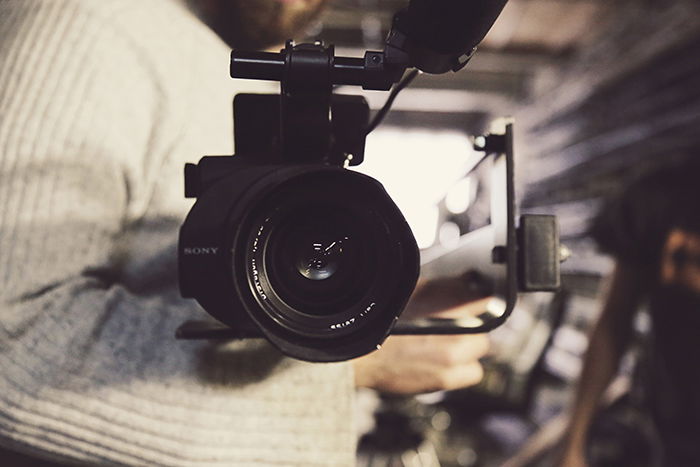
Video is Better for Capturing Very Fast Subjects
In time-lapse photography, you use an intervalometer to control the length of your time-lapse. You also use it to figure out how many photos it will take and how often it will take them. Intervalometers are different, but many of them have a minimum interval of 1 second. This means that you’re limited to shooting every second.
But what if your subject is very fast? You might not be able to capture it efficiently every second.
This is when filming comes in handy. You can capture everything as it is without worrying about intervals. You can then speed up your final results as much as you like.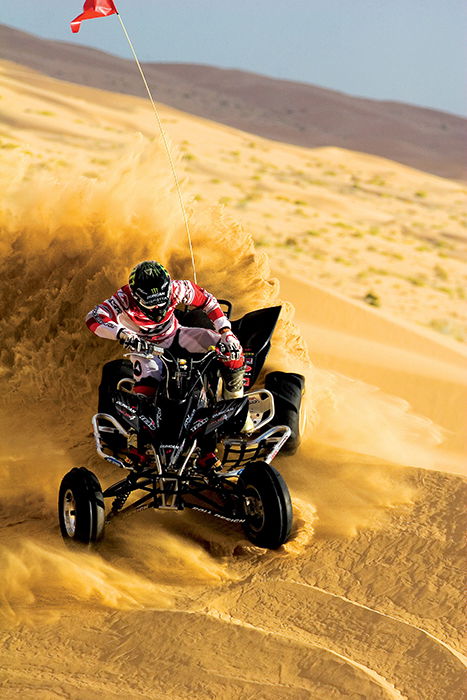
Benefits of Time-Lapse Photography
Time-lapse photography comes with many advantages for photographers. You can take it to the next level by making hyperlapse videos. You can enhance it with the same techniques you use in your photography. In general, you can have more control over what goes on in your final shots.
This doesn’t mean that it’s better than normal video-making, but it can be a fantastic option for some photographers.
Time-Lapse Photos Take up less Storage Space
Video files take up much more space than image files. If you want to shoot for hours, you’ll have to use several batteries and memory cards.
Time-lapse photography makes this much easier. You can take time-lapse photos for hours without worrying about taking up a lot of space.
This is why people use time-lapse photography to shoot for long periods of time. They can capture everything they need without draining their batteries or running out of memory cards.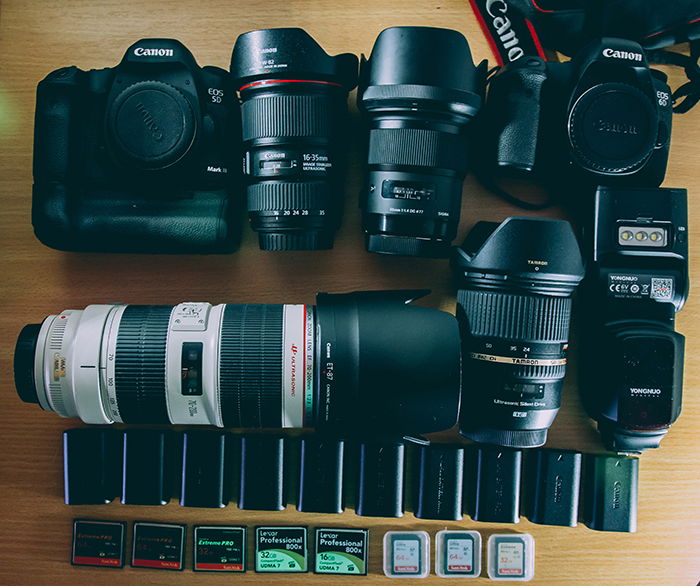
Access to Long Exposure Features
This is a big one for many photographers. You can’t always use special photography techniques in video-making. Some features are limited to photo-taking only. One of these features is called long exposure.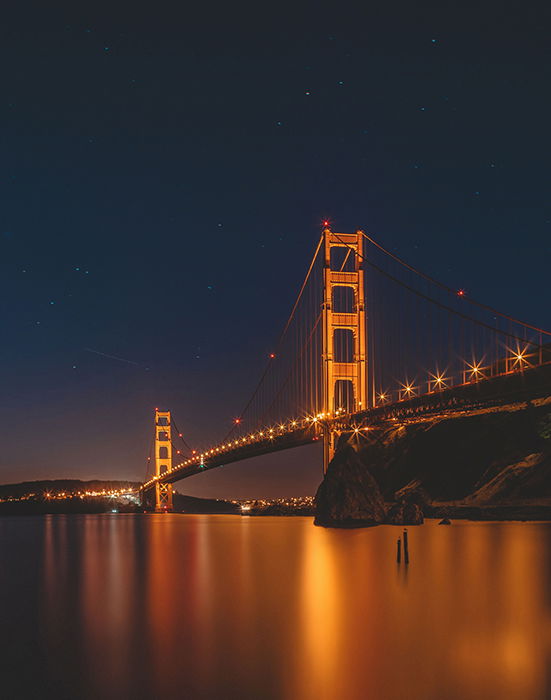
Long exposure is when you use a slow shutter speed to emphasise movements. The slower it is, the softer the movements will appear. You can use this to capture the movement of stars, water, transportation, and more.
If you put hundreds of long exposure photos together, you’ll get a mesmerising time-lapse video.
More Control Over Details
Video files come with a fixed size. It can be difficult to crop or resize them because of this. The more you crop, the more you’ll compromise the quality of your final results.
If you take RAW photos for time-lapse photography, you’ll have more control over this. You can easily crop out distractions without ruining the quality of your photos. You can also import your photos into a photo editing program and edit them in bulk. This is a great opportunity to enhance details, color correct, and add more contrast.
This isn’t to say that video files are impossible to color correct. You just won’t get the same amount of control as you would in time-lapse photography.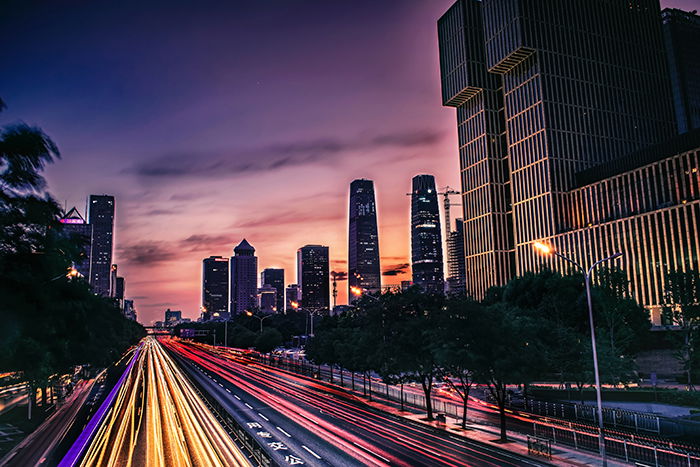
Common Time-Lapse vs Video Questions
What Is the Difference Between Time-Lapse Video and Time-Lapse Photo?
A time-lapse photo is what you capture when you make a time-lapse sequence. A time-lapse video is made of several time-lapse photos. You can make a time-lapse video by merging these photos in a video editing program like Adobe After Effects.
What Is the Best Interval for Time-Lapse?
This depends on the speed of your subject. The faster the object, the shorter your interval needs to be. (E.g. 1-5 seconds) If you’re photographing something slow, like a sunset, then you can use longer intervals.
Conclusion
Time-lapse videos and speeded up videos are both incredibly useful in their own ways.
If you want to shoot for around 30 minutes, then filming something in one go might be the best option for you. Time-lapse photography is better for shooting for longer periods of time. It can give you more control over the details in your final shots.
Ultimately, the best option for you depends on the time of day, your desired results, and more. You don’t need to stick to one method and completely ignore the other. Both can help you significantly, as long as you know when to use them.
